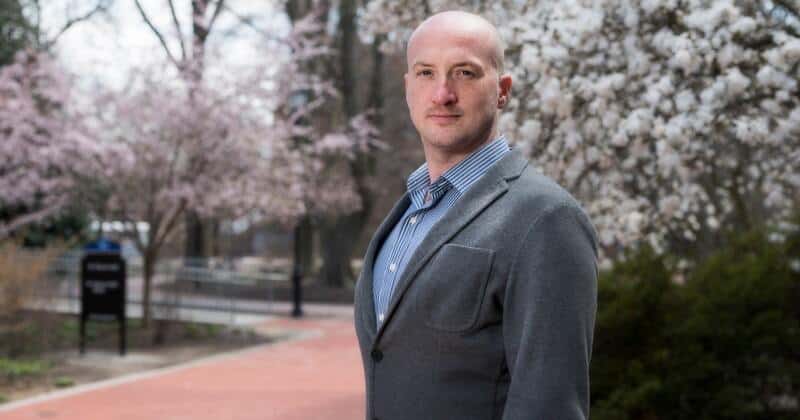RESEARCH
DISCOVERY
A Blog Devoted to UD Innovation, Excellence & Scholarship
COVID-19
UD Opens Third Phase of Research Operations
N’Dea Irvin-Choy is a doctoral student in the College of Engineering’s biomedical engineering program who recently started a blog called “BME Kween”, where she shares tips and stories to help other graduate students “find their way without displacing their crown.” She’s working with nanoparticles to deliver drugs vaginally to expectant mothers to prevent miscarriages and treat a number of conditions affecting moms and babies, from bacterial infections in utero to chromosomal disorders.
Since early June, the University of Delaware has gradually resumed research operations. With the steady roll-out of Phase 1 and then Phase 2 over the past two months, more than 1,500 faculty, staff and students have been approved to return to their work, from labs on campus or at partner facilities, to field sites in Delaware and beyond.
The steady ramp-up has taken hard work and an unflagging commitment to the health and safety of the community, according to Charles G. Riordan, vice president for research, scholarship and innovation. Efforts have gone well — further validated by a recent survey of returning researchers. Now, the University is preparing to launch Phase 3, effective Monday, Aug. 10.
“Our research community has shown tremendous vigilance in adhering to our health and safety procedures,” Riordan said. “This is an ongoing collaboration involving the faculty, staff and students engaged in the research, as well as our maintenance and custodial staff, University health and safety personnel and many others. As we enter Phase 3, each of us needs to redouble our efforts to consistently adhere to the guidelines that we know are effective in mitigating spread of COVID-19 — wear a mask, physically distance and stay home when feeling ill.”
The Research Office recently surveyed the 1,541 researchers who have been approved to return to campus, partner facilities and field sites to get their perspectives on the research environment. Forty-six percent responded, including faculty, staff, postdoctoral researchers, graduate and undergraduate students. Among the key findings:
-
99% agreed or strongly agreed that they understand the COVID-specific training, guidelines and protocols in place to safely conduct their work.
-
95% agreed or strongly agreed that adherence to safety guidelines and protocols at their facility/location is high.
-
95% agreed or strongly agreed that cleaning of restrooms and high-touch areas is adequate to ensure hygiene.
-
8 out of 10 agreed or strongly agreed that they feel comfortable with Phase 3 activation in their workspace.
As Phase 3 proceeds, two-thirds of UD’s research community — an estimated 3,000 faculty, staff and students — is expected to be back working on campus and at partner facilities by the start of fall semester on Sept. 1.
Phase 3 will allow up to two-thirds of lab personnel to be at work simultaneously, with indoor density increasing to, at a maximum, one person per 125 square feet. This work density must continue to allow individuals to stay at least 6 feet apart, Riordan stressed. Additional in-person clinical and human subjects research and extension/outreach activities also will be permitted through an application/approval process.
Research work that can effectively be performed remotely should continue to be done remotely, including meetings and advising.
“I want to thank all UD researchers, as well as our colleagues in Facilities – Maintenance and Operations, Custodial and University Services, and Environmental Health and Safety, for your dedication and collaboration,” Riordan said. “The health and safety of our community rests with each one of us. Let’s continue to look out for one another and stay strong.”
In addition to completing online COVID safety training before returning to campus, Phase 3 researchers can expect these changes as their work on campus resumes, Riordan said:
-
One-time COVID-19 specific training by all employees and students prior to returning to research
-
A daily health questionnaire
-
Cloth face masks as the norm
-
Controlled access to buildings/facilities
-
Limited access to common areas/shared spaces
-
A density of no more than one researcher per 125 square feet, and maintaining physical distancing of at least 6 feet
-
Increased cleaning of bathrooms and high-touch surfaces such as doorknobs, etc.
Researchers can access more information at this webpage and share thoughts and questions at UDresearch@udel.edu or at a virtual research town hall, held every other Monday through August, from 1-2 p.m. Register for the Aug. 17 town hall at this website.





